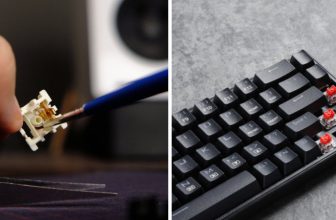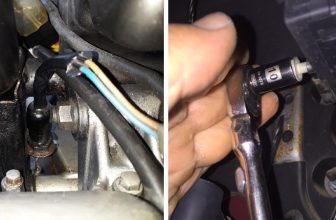How to Test Pressure Switch on Furnace
Testing a pressure switch on your furnace is an important part of ensuring that it runs safely and efficiently. Pressure switches are used to indicate whether there is enough airflow through the furnace, which can prevent dangerous carbon monoxide buildup in your home. Fortunately, testing a pressure switch on your furnace is relatively simple.
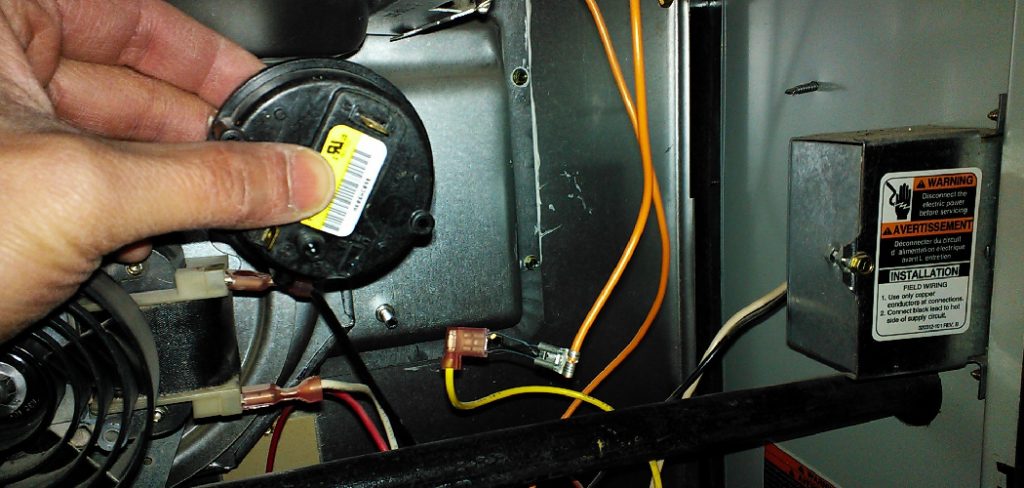
With just a few basic tools and some knowledge of how it works, you can easily test the pressure switch yourself. This guide on how to test pressure switch on furnace will walk you through the steps necessary for testing a pressure switch on your furnace so that you can keep it running smoothly and safely all winter long.
What is the Pressure Switch on the Furnace?
The pressure switch on your furnace is a small sensor that monitors the airflow inside the unit. When enough air passes through, it will signal the blower motor to start and run. If not enough air passes through, then the switch will shut off the furnace to prevent dangerous gasses from escaping into your home. This is why it’s so important to test the pressure switch regularly, as any malfunction could lead to an unsafe situation.
Why is It Necessary to Test the Pressure Switch on the Furnace?
1. Identity Problems
Testing the pressure switch on your furnace is important for two reasons. First, it can help you identify potential problems before they become a safety hazard. If the switch is malfunctioning, then you’ll know right away and can take steps to fix it quickly.
2. Efficiency
The second reason to test the pressure switch is for efficiency. If the switch isn’t working correctly, then your furnace may not be running at its optimal performance level. This can lead to higher energy costs and a shorter life span for your unit. By testing the pressure switch regularly, you can ensure that it’s working properly and that your furnace is running efficiently.

Tools Needed for Testing a Pressure Switch on Furnace
Before you begin testing your furnace’s pressure switch, make sure you have the following tools on hand:
- A multimeter
- A screwdriver
- A flashlight or headlamp
10 Steps on How to Test Pressure Switch on Furnace
Step 1: Turn Off the Power
Turn off the power to your furnace. If it’s gas-powered, turn off the gas valve as well. You need to do this before you start any work on the pressure switch. While turning off the power, it’s also a good idea to turn off any other appliances that are connected to the furnace as well.
Step 2: Locate the Pressure Switch.
Locate the pressure switch on your furnace. It will be located near the blower motor and should have two wires attached to it. Unscrew both of these wires and set them aside for now.
Step 3: Set Your Multimeter
Set your multimeter to measure ohms, which you can do by turning the dial on the front of the device to “Ohm.” Once you have it set, place one lead onto each of the terminals of the pressure switch.
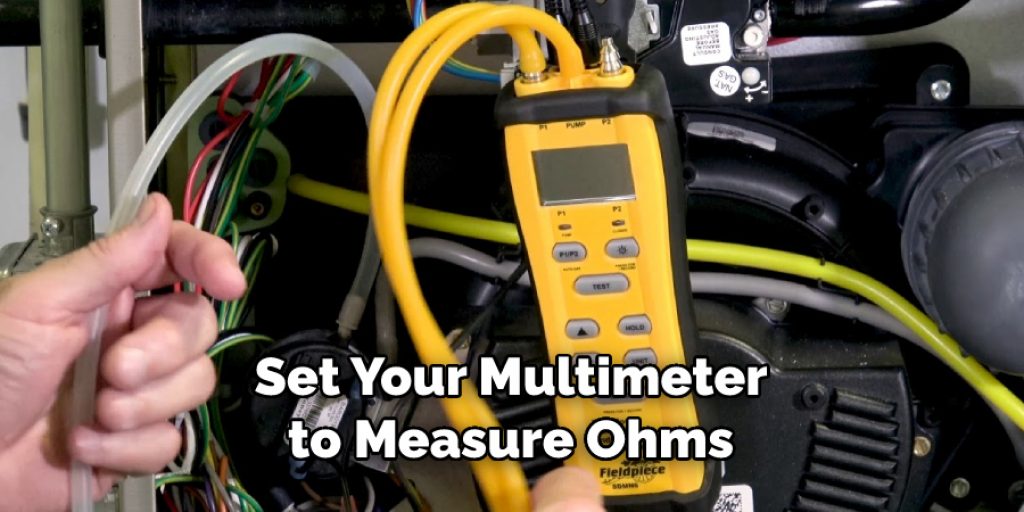
Step 4: Read the Meter.
Read the meter and make sure that it is in the normal range, which will typically be 1-2 ohms for a good switch. If it reads anything outside of this range, then your pressure switch may need to be replaced.
Step 5: Check for Obstructions
Check around the pressure switch for any obstructions that may be preventing it from working correctly. This includes anything from dust and lint to leaves or other debris. If you find anything, remove it carefully and then test the pressure switch again.
Step 6: Check for Leaks
Check around the pressure switch for any leaks, which could be caused by a loose connector or a damaged gasket. If you find any, tighten the connector or replace the gasket as needed.
Step 7: Test with a Flashlight
Test the pressure switch with a flashlight by shining it into one of the terminals. You should be able to see the light coming through both sides when everything is working correctly. If not, then the switch may need to be replaced.
Step 8: Check for Loose Connections.
Check all of the connections around your pressure switch, including any wiring or tubing, to make sure that they are tight and secure. If anything seems loose, tighten it up and then test the switch again.
Step 9: Check for Corrosion
Check all of the connections around your pressure switch for any corrosion. If you find any, then clean it off with a wire brush and then test the switch again.
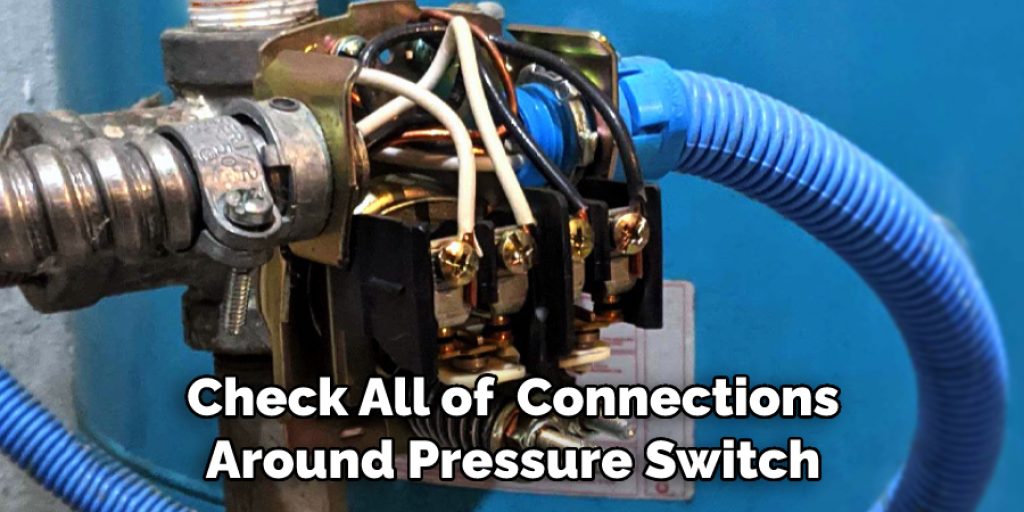
Step 10: Reattach Wires
Once you have finished testing the pressure switch, reattach the two wires that were disconnected earlier. Make sure they are secure, and then turn the power back on to your furnace. You should be all set!
Testing a pressure switch on your furnace is an important process that can help keep you and your family safe from potential hazards, as well as ensure that your unit is running at its optimal performance level. Make sure to test it regularly using the steps outlined above, and you should be good to go.
8 Safety Precautions to Follow
- Make sure the power is off. Before working on the furnace, make sure the power to the unit is turned off. This means flipping off any switches that may be associated with them and unplugging them if possible.
- Wear protective gear. To avoid burns or accidental electrocution, wear a long-sleeve shirt, gloves, and safety goggles when working on the furnace.
- Place a drop cloth underneath the unit. A dropcloth or sheet can catch any small parts that may come loose and cause them to be easily visible and grabbable. While you are working, place the cloth underneath your work area and inspect it after completing the job.
- Disconnect any wiring from the pressure switch. Using a wire cutter, disconnect all wiring from the pressure switch before testing it.
- Inspect for any visible problems with the switch. Carefully examine the switch for any signs of damage or wear, such as a broken or cracked body.
- Use a multimeter to test the switch. Connect one lead from the multimeter to each side of the switch and set it to ohms reading. If there is resistance present, then the switch is in good working order.
- Replace the pressure switch if needed. If the test results show no resistance, then it’s time to replace the pressure switch with a new one.
- Reattach all wiring and turn on the power. After attaching all wires back to their original positions, turn on the power and check for the proper operation of your furnace.
Following these simple steps will help ensure that your pressure switch on the furnace is in good working order and will keep everything running safely. Remember to always be safe when working with any type of electrical unit, as even a minor mistake can cause harm.
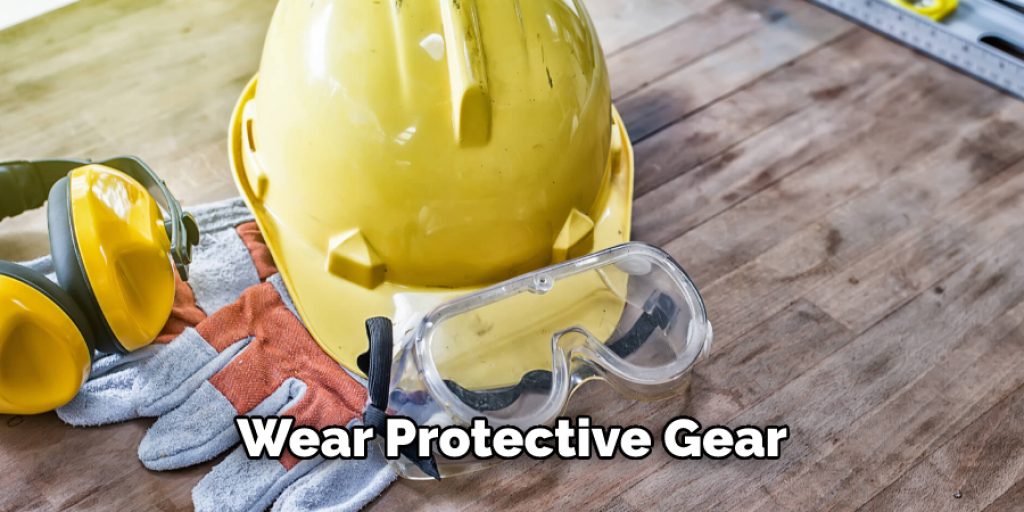
8 Ways to Troubleshoot Pressure Switch on Furnace
- Check the pressure switch for any debris buildup or blockages. If there is any debris blocking the pressure switch, use a can of compressed air to blow it out.
- Inspect the tubing that attaches to the pressure switch for any cracks or breaks. If there is damage, replace the broken sections of the tubing with new ones. The tube should be free of any obstructions and securely attached to the pressure switch.
- Ensure that the furnace is getting enough airflow. If there isn’t enough airflow, the pressure switch won’t receive a signal from the vent pipe when it should, causing it to malfunction. Use a blower door test to measure your home’s airtightness and identify any air leaks that may be contributing to the problem.
- Examine the electrical wiring for any signs of wear and tear or damage. Make sure all the wiring is connected correctly and securely, and replace any damaged wires with new ones.
- Check that there is the correct amount of water in the furnace’s condensate pump. If the condensate pump is not filled to the correct level, it will interfere with the pressure switch’s operation.
- Make sure that the furnace’s air filters are clean and free of dirt or debris. Dirty air filters can block airflow and impact the pressure switch’s performance. It will need to be inspected regularly and replaced when necessary.
- Confirm that the pressure switch is not stuck in the open position. If it is, you will need to replace it with a new one.
- Test the pressure switch with a multimeter to ensure its functioning properly. Make sure all power sources to the furnace are switched off before you begin. If the multimeter reading indicates that the switch is malfunctioning, replace it with a new one.
Following these eight steps can help you troubleshoot any issues with your furnace’s pressure switch and get it working again properly.
Frequently Asked Questions
How Often Should You Test the Pressure Switch on the Furnace?
It is recommended to test your pressure switch on the furnace at least once a year. This will ensure that the switch is functioning properly and can help diagnose any potential problems with the system.
Additionally, if you experience sudden changes in heating performance or notice strange noises coming from the furnace, testing the pressure switch may be necessary to determine what is causing the issue. Additionally, it is important to test the pressure switch before and after any furnace repairs or maintenance to ensure that the switch is working correctly.
What Are Signs of a Faulty Pressure Switch on Furnace?
Faulty pressure switches are often indicated by issues such as short cycling, where the furnace turns on and off in short intervals, or by excessive noise coming from the furnace. Additionally, if your furnace is not producing sufficient heat, this could also be a sign of a faulty pressure switch.
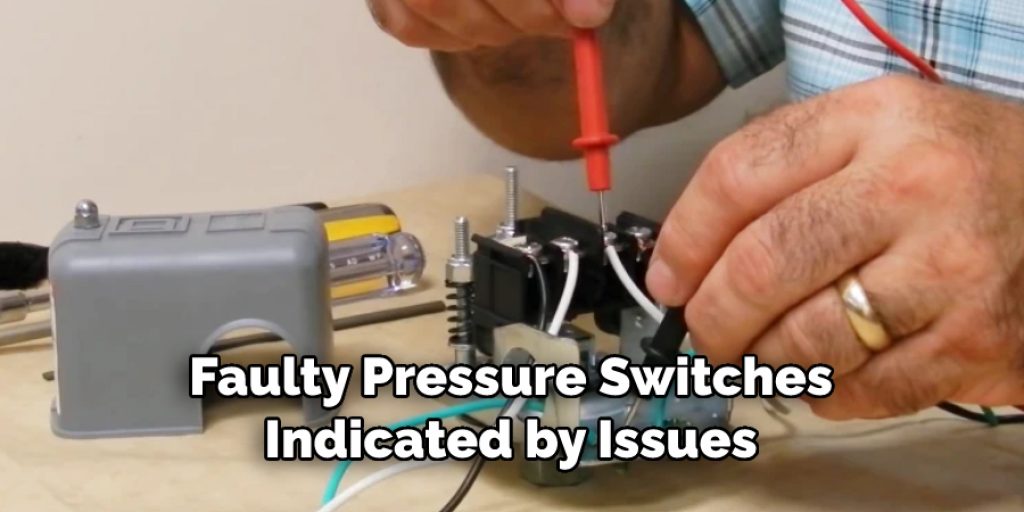
Conclusion
Testing your pressure switch on the furnace is an important step in keeping your heating system running efficiently. It should be done at least once a year and before or after any repairs or maintenance to ensure everything is working properly. Signs of a faulty switch include short cycling, excessive noise, and insufficient heat production from the furnace.
If you suspect that there may be an issue with the pressure switch on your furnace, it’s best to contact a professional who can diagnose and repair the problem quickly and safely. Don’t take risks – regularly test for optimal performance. Follow this guide on how to test pressure switch on furnace for a better understanding.


